America is a melting pot of culture, and that absolutely extends to our stomachs. But while you can find a decent slice of pizza in pretty much every state, there are some culinary creations so deeply rooted in their home turf, they practically wear a “Made in [State Name]” sticker.
Forget national chains; we’re talking about gloriously specific, unapologetically regional delights.
1. Key Lime Pie (Florida)

Yellow? Not a chance! Authentic Key Lime Pie sports a pale, creamy color from genuine Key limes harvested in the Florida Keys.
The dessert dates back to the early 20th century when fresh milk wasn’t available, so clever cooks used sweetened condensed milk instead. Topped with meringue or whipped cream, this tangy-sweet pie remains Florida’s official state dessert.
2. Gooey Butter Cake (Missouri)
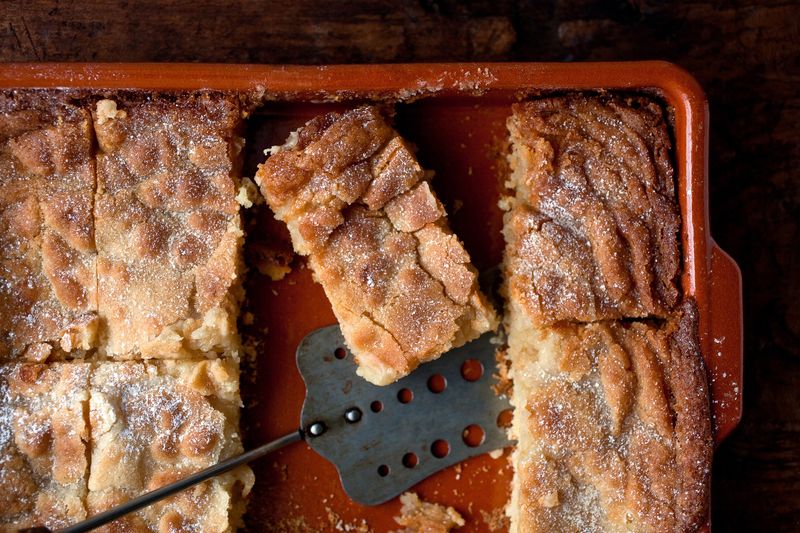
Born from a happy accident in 1930s St. Louis, this dessert happened when a baker mixed up cake ingredient proportions. Rather than tossing the mistake, he served the under-baked, buttery creation anyway.
Customers went wild! Now firmly established in Missouri baking tradition, this flat cake features a crackling top layer and a center that literally oozes butterscotch-like sweetness when fresh.
3. Cheese Curds (Wisconsin)
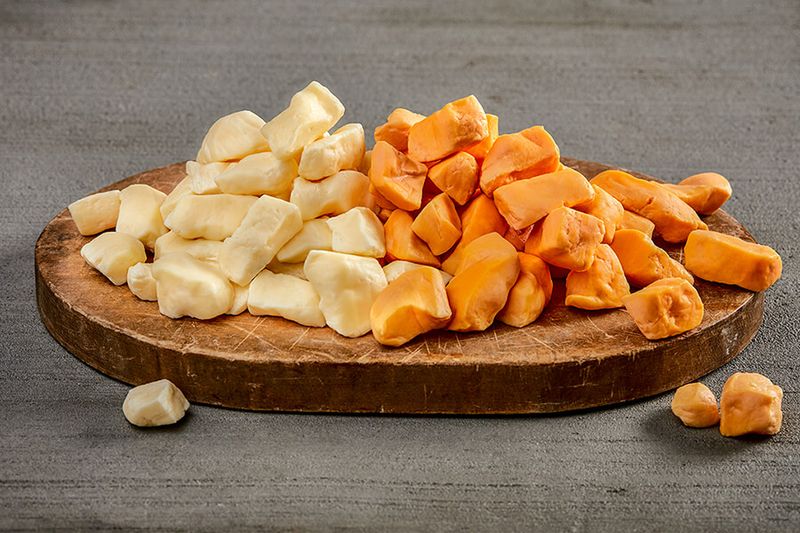
“Fresh” doesn’t begin to describe proper Wisconsin cheese curds. These squeaky cheese nuggets must be eaten within hours of making.
The telltale squeak against your teeth proves their freshness! While you’ll find fried versions at state fairs nationwide, only Wisconsin delivers the real deal – fresh curds still warm from production.
4. Lobster Roll (Maine)
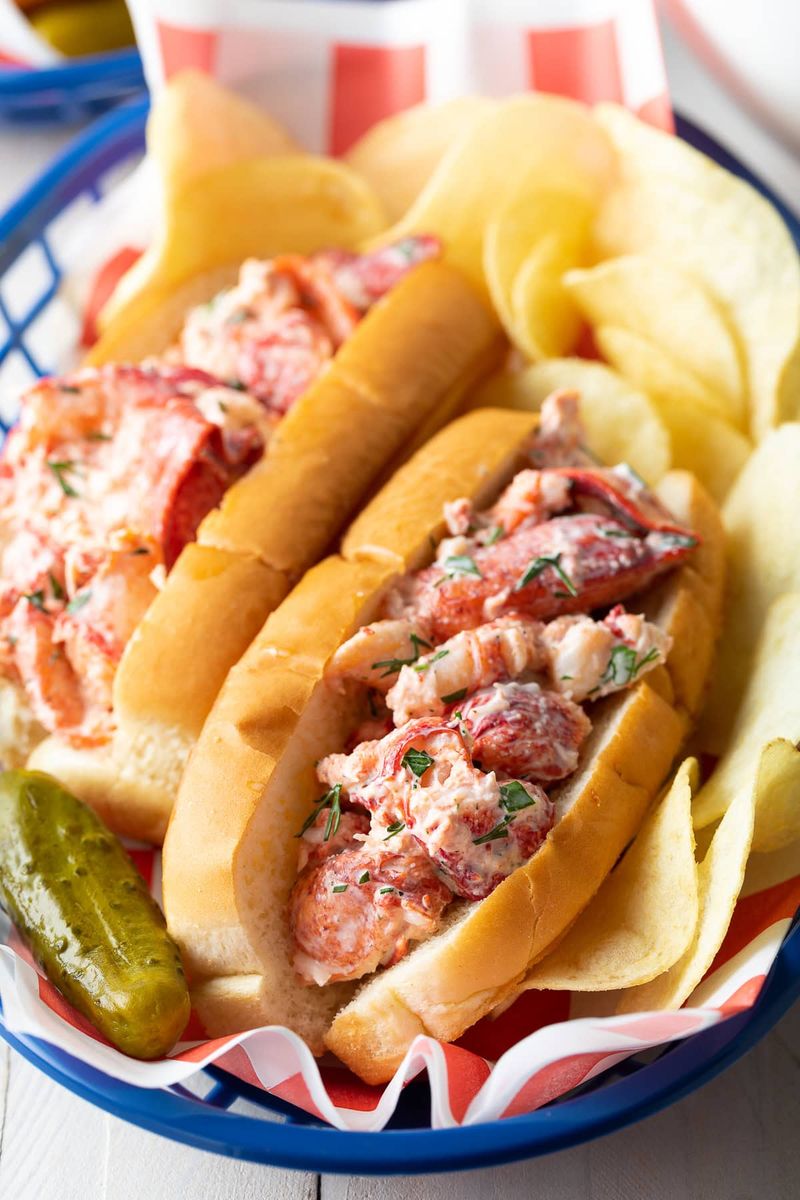
Maine’s coastal treasure comes stuffed in a toasted, buttered split-top bun. Purists insist on minimal mayo, letting the sweet lobster meat shine.
Summer visitors flock to lobster shacks along rocky shores for this simple luxury. What makes Maine’s version special? The cold-water lobsters harvested from Maine’s chilly Atlantic waters develop a distinctly sweeter flavor than their warm-water cousins.
5. Shoofly Pie (Pennsylvania)

Pennsylvania Dutch kitchens created this molasses marvel, named for the flies attracted to its sweet scent during cooling.
The dark, sticky filling sits beneath a crumbly topping in a flaky crust. Amish and Mennonite bakers still make it the traditional way, with recipes passed through generations. Morning or midnight snack? Locals enjoy it both ways.
6. Marionberry Pie (Oregon)

Oregon’s pride and joy isn’t just any blackberry – it’s the Marionberry, developed at Oregon State University in 1956. Named after Marion County, these berries create pies with the perfect sweet-tart balance. Bakers throughout the Willamette
Valley showcase these juicy purple treasures each summer. The berries’ complex flavor – hints of earthiness with bright, wine-like notes – makes them impossible to substitute.
7. Cincinnati Chili (Ohio)

Forget Texas-style chili – this Mediterranean-spiced meat sauce gets piled onto spaghetti in a unique numbering system. “Two-way” means chili and pasta, while “five-way” adds beans, onions, and mounds of shredded cheddar. Created by
Greek immigrants in the 1920s, authentic Cincinnati chili contains cinnamon, chocolate, and sometimes cloves. Locals consume over two million pounds yearly at iconic parlors like Skyline and Gold Star.
8. Burgoo (Kentucky)
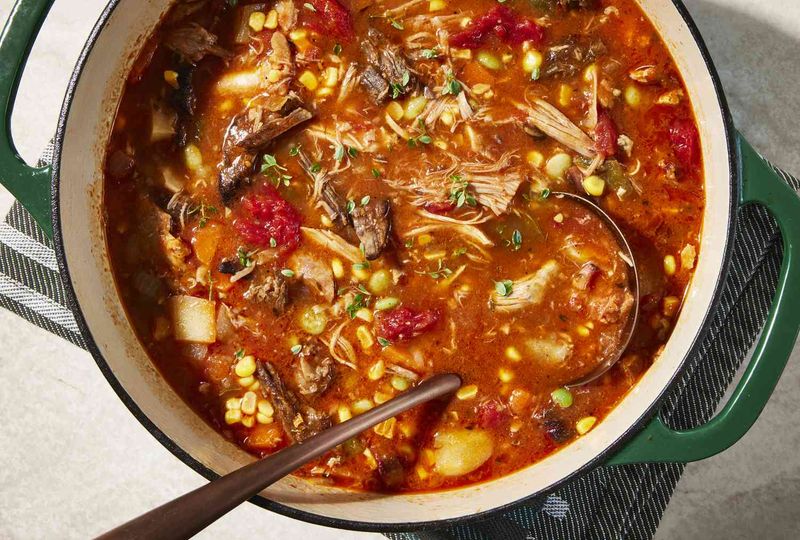
Kentucky’s communal stew brings people together at bourbon festivals and Derby celebrations. No two recipes match!
Traditionally cooked outdoors in massive cast-iron kettles, burgoo historically contained whatever game hunters brought (even squirrel). Modern versions stick to beef, pork, and chicken, slow-simmered with vegetables until spoon-standing thick. It must cook at least 24 hours for flavors to properly marry.
9. Huckleberry Pie (Montana)
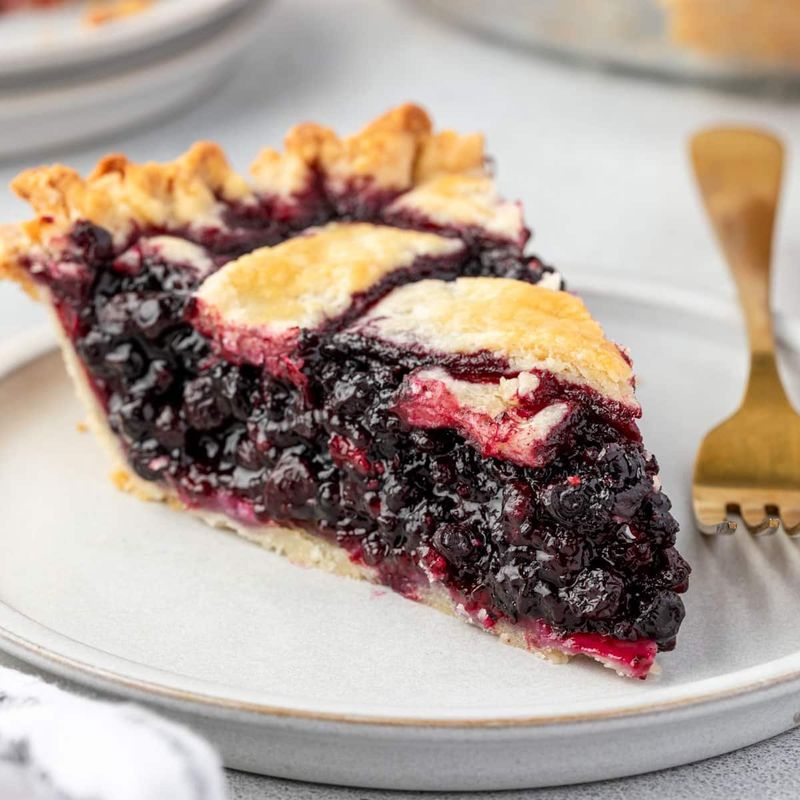
Montana’s wild huckleberries cannot be commercially grown – they must be hand-picked in mountain forests each summer. Bears love them as much as humans do!
Locals guard their picking spots jealously and roadside stands charge premium prices. The short season and difficult harvest make this pie a treasured Montana experience.
10. Fry Bread (Arizona)
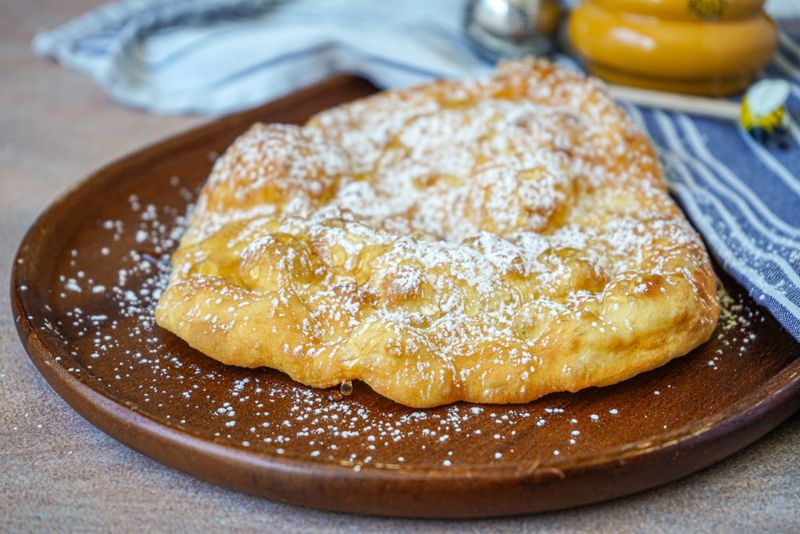
Arizona’s Navajo fry bread tells a poignant story of resilience during forced relocation in the 1860s. Government-issued flour, sugar and lard became this puffy, golden bread that’s now central to Navajo cuisine.
Served sweet with honey or savory as a Navajo taco base, authentic fry bread requires specific handling – the dough must be stretched by hand, never rolled.
11. Scrapple (Delaware)

Pennsylvania Dutch settlers brought this waste-nothing breakfast meat to Delaware, where it became the state’s unofficial morning staple.
Pork scraps and cornmeal form a loaf that’s sliced and fried crisp outside while staying soft inside. Delaware’s version typically includes more herbs and spices than its Pennsylvania cousin.
12. Chislic (South Dakota)
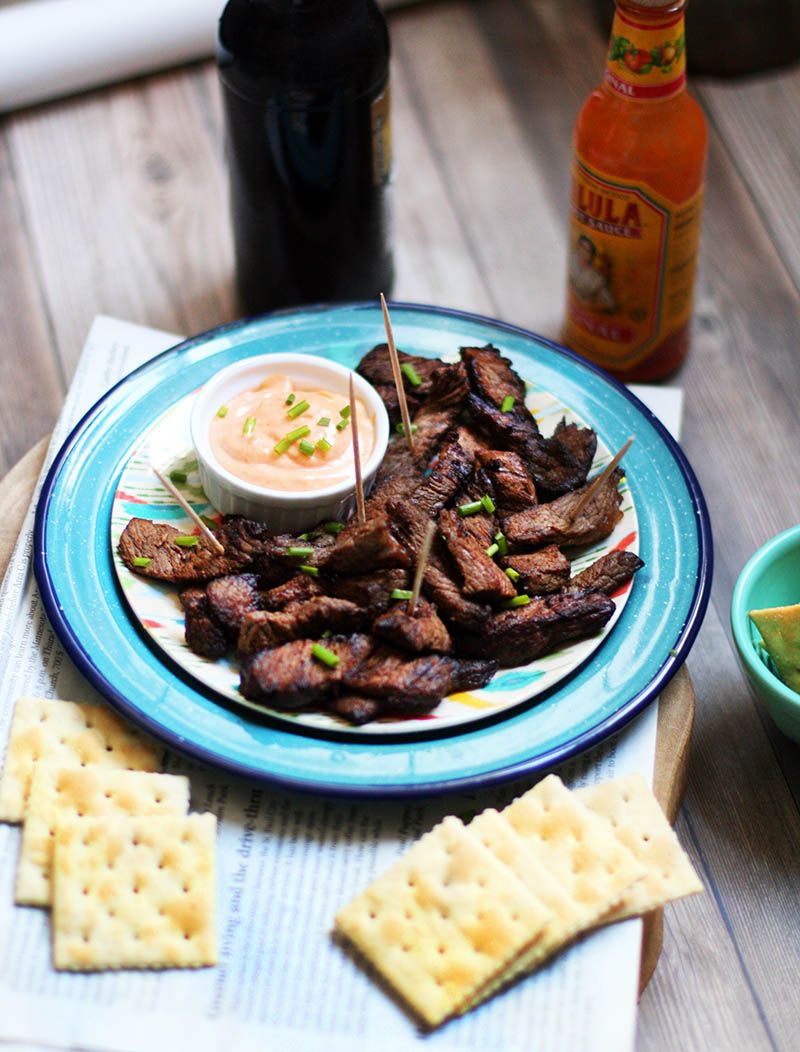
South Dakota’s beloved bar snack features cubed meat (traditionally lamb) deep-fried and served with toothpicks.
German-Russian immigrants brought this dish to the southeastern part of the state in the 1870s. The name comes from a Russian word for skewered meat. Proper chislic comes simply seasoned with garlic salt, served with saltine crackers and hot sauce on the side.
13. Loco Moco (Hawaii)
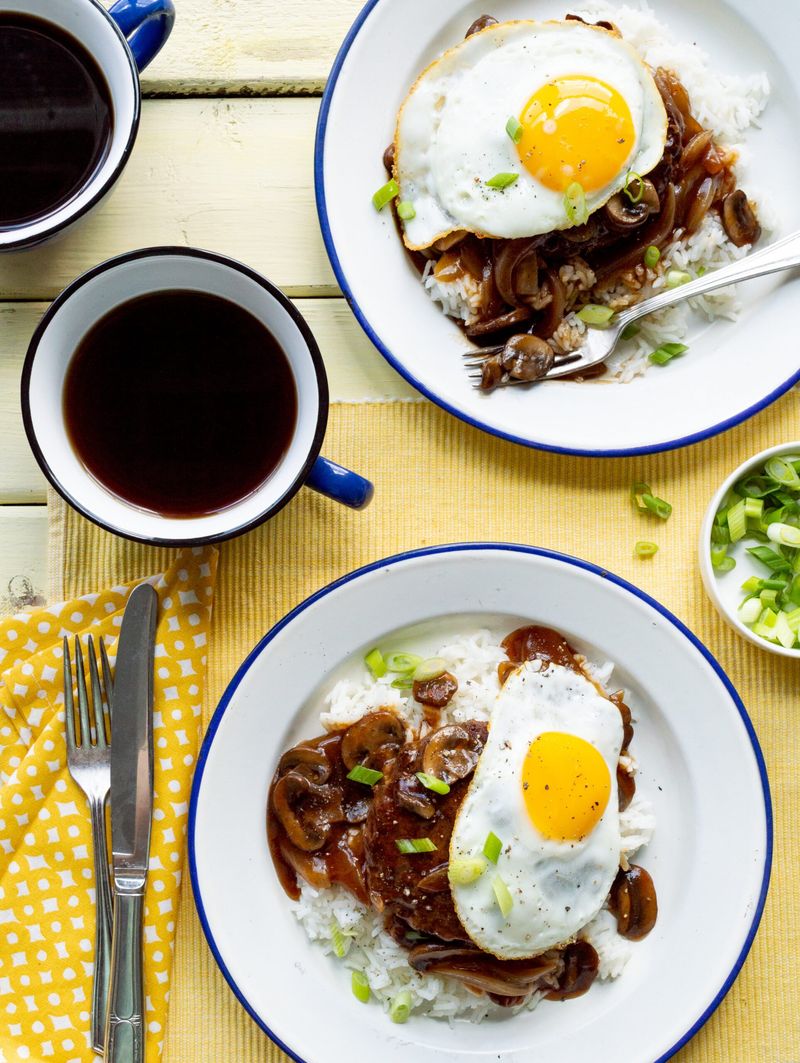
Hawaii’s ultimate comfort food breaks all mainland breakfast rules. A mountain of white rice topped with a hamburger patty, fried egg, and brown gravy!
Created in Hilo during the 1940s for hungry teenagers who wanted something affordable yet filling. The name allegedly came from one of the first customers, nicknamed “Crazy” (Loco).
14. Kolaches (Texas)

Czech immigrants transformed their homeland’s pastries into a Texas breakfast institution, particularly in the central “Czech Belt” towns.
True Texas kolaches feature sweet dough filled with fruits, cheese, or poppy seed. Annual festivals celebrate this heritage food, with family recipes guarded for generations. West, Texas even calls itself “Home of the Official Kolache of the Texas Legislature.”
15. Toasted Ravioli (Missouri)

St. Louis accidentally created this iconic appetizer when a chef supposedly dropped regular ravioli into hot oil instead of water.
The “toasted” name is misleading – these meat-filled pasta pockets are actually breaded and deep-fried until golden. Local lore claims they originated in “The Hill” neighborhood during the 1940s.
16. Pepperoni Rolls (West Virginia)

Coal miners needed portable lunches, so Italian immigrants created these self-contained marvels that required no refrigeration. Soft bread dough wraps around pepperoni, which releases oils during baking that flavor the bread from within.
No sauce needed! The state legislature even battled FDA regulations in the 1990s to protect local production.
17. Sonoran Hot Dog (Arizona)
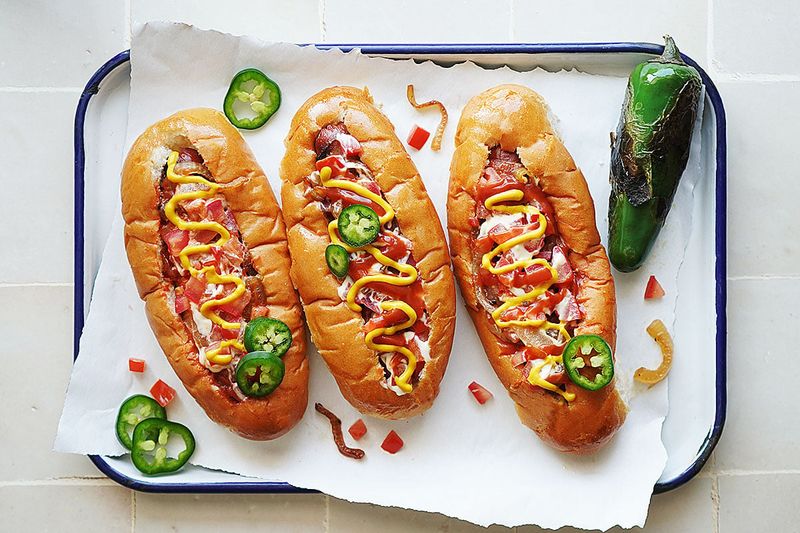
Tucson’s signature street food wraps a hot dog in bacon before grilling, then loads it with a garden of toppings.
Nestled in a special steamed bolillo bun, authentic versions include pinto beans, tomatoes, onions, jalapeños, mayo, mustard and salsa verde. Mexican vendors called “Dogueros” sell them from elaborate carts throughout southern Arizona.
18. Maple Creemee (Vermont)
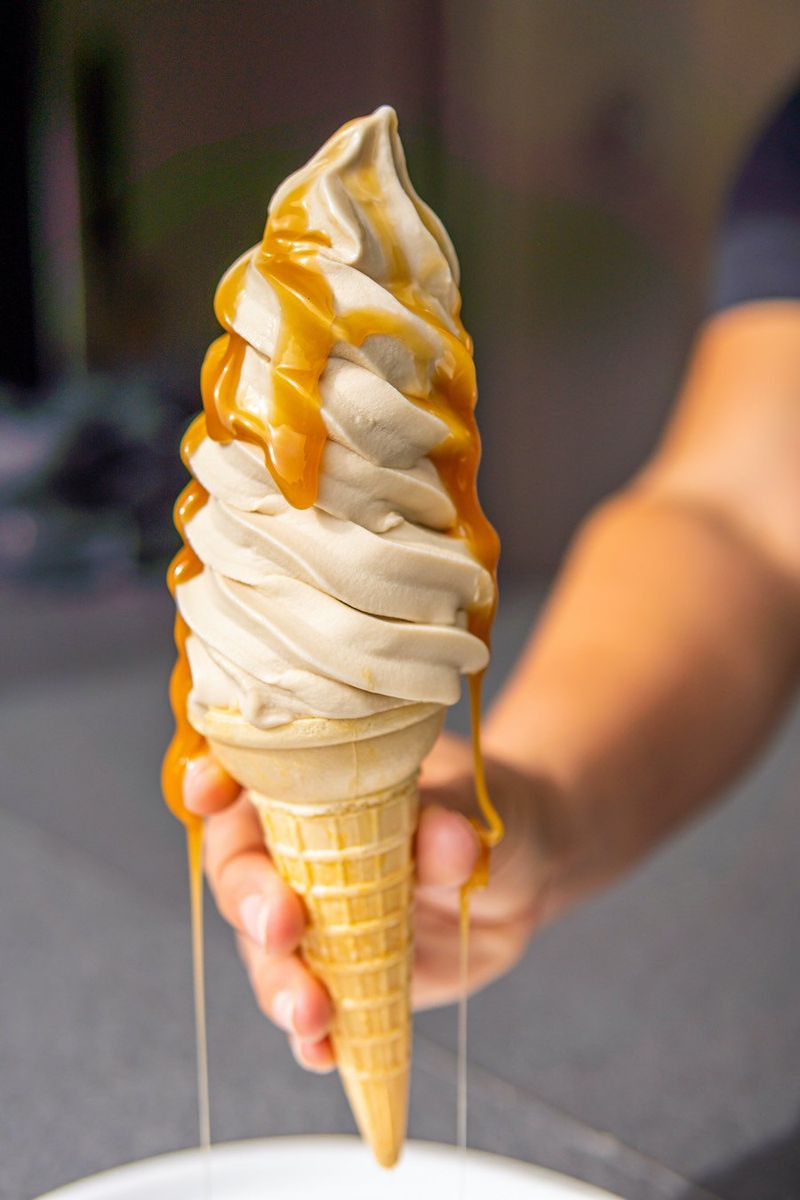
Don’t call it soft-serve! Vermont’s maple creemee uses real maple syrup from local sugar houses mixed directly into the dairy base.
The name “creemee” remains uniquely Vermont, though the treat resembles soft ice cream. The best versions contain at least 5% pure maple syrup and nothing artificial.

